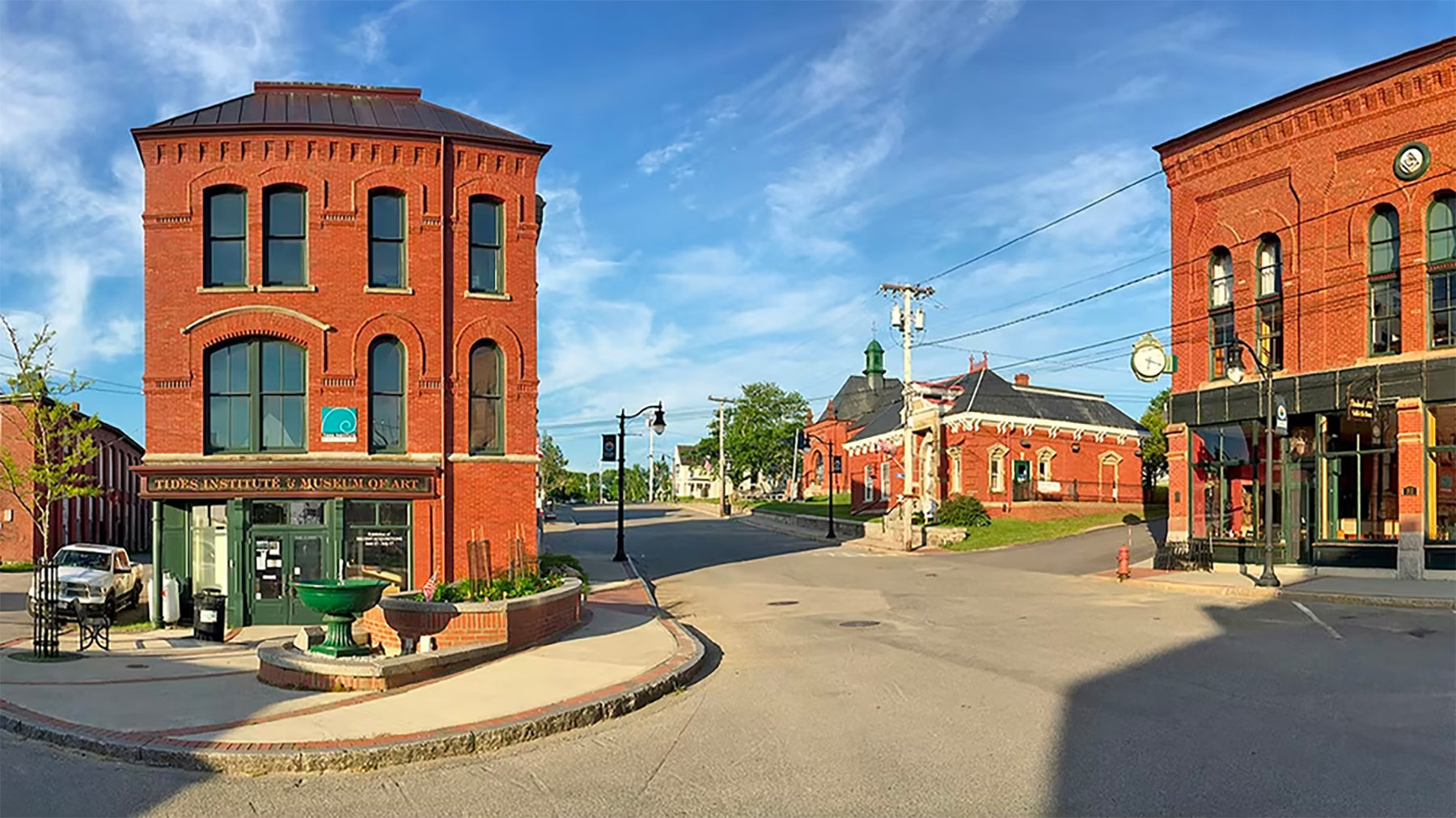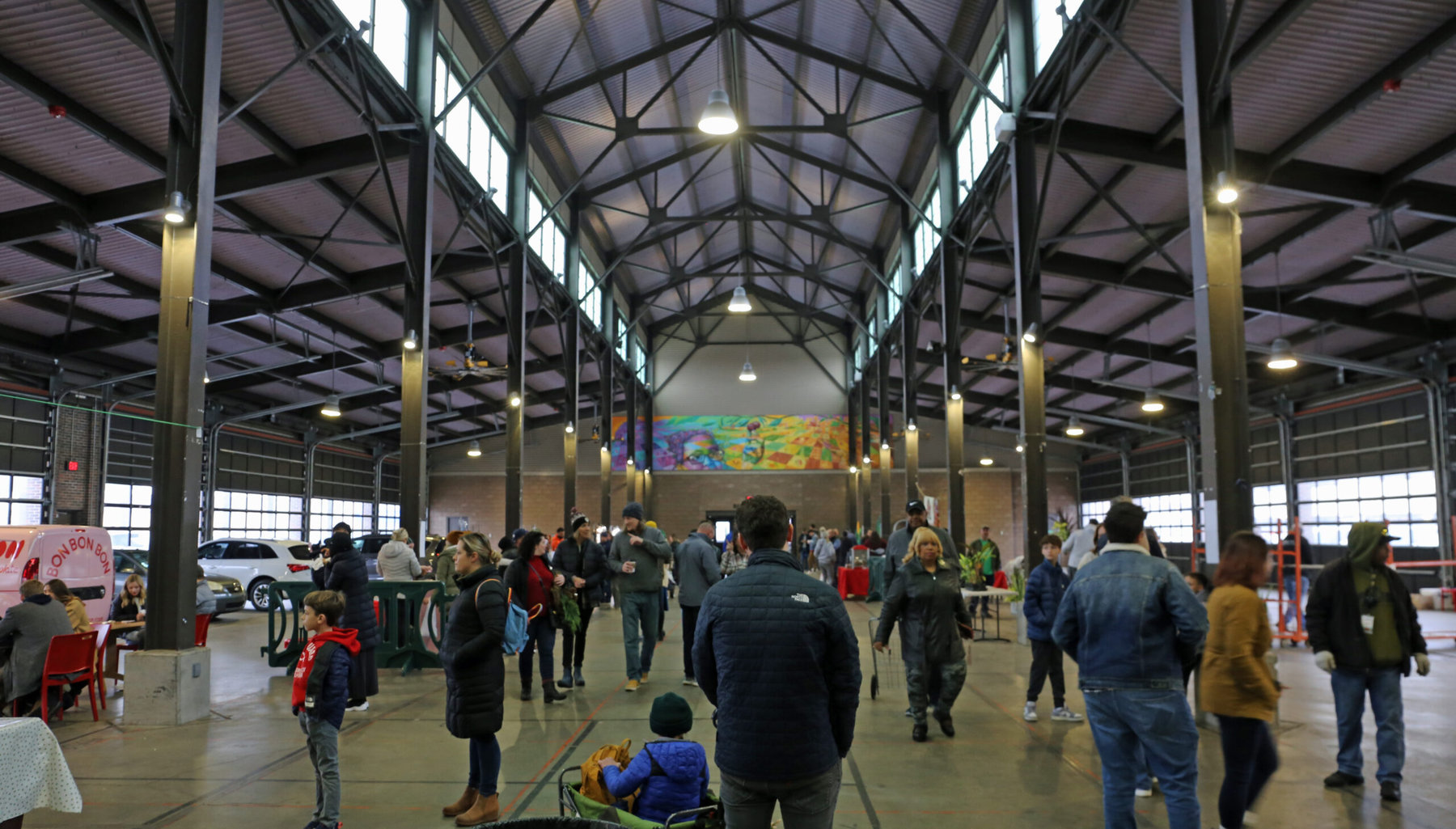We returned to Eastport, Maine, in late summer of 2017, nearly three years after our first visit, when we were first smitten with the tiny town of 1,300 people. Eastport is officially a city, which may be technically correct, but that term sheds the sense of charm and intimacy that the term town bears, at least to my ear. And indeed, Eastport is charming and intimate. On the other hand, the word city seems to suit when you consider the many ways Eastport “punches above its weight,” as Jim often remarks.
More shops have opened up along Water Street since our last visit: one for pet supplies, a bakery, an ice cream shop, a restaurant, a salt shop, and more galleries. The hardware store, which has been in the same family for several generations, has a beautiful new front; I browsed through the aisles, packed with the necessary and the superfluous. The Commons, a mixed-use building including condo rentals with an incomparable view of Campobello Island and local artisanry for sale, hosts a continual flow of visitors both local and from afar. Sharing their space is the Eat local Eastport Coop, a produce and deli, complete with local beer.
Practice and products of the Arts of all sorts drive Eastport. The Tides Institute and Museum of Art (TIMA), is the most formal, with its collections of paintings, books, models of boats, Native-American basketry, and historical photos, and much, much more.
TIMA anchors the foot of the main street, and their campus has expanded around town to six buildings, including two churches, a veterans hall and a historic house, with more plans in the offing. They are transforming the 19th-century buildings into vibrant 21st-century studios and workspaces, exhibition and performance spaces, administrative offices and housing for artists in residence.
Its Studioworks, which has been home to nine artists-in-residence this year, serves as model of energy efficiency against the down-east winters with a wood-pellet boiler, radiant heating, and closed cell spray foam insulation.
On Water Street, we wandered in through the open-doors of Studioworks one morning to find the current artist-in-residence, Richelle Gribble, an outgoing native Southern Californian in her mid-20s, newly arrived for her one-month residency.
In the back room, Richelle showed us the fruits of her findings from explorations around the water’s edge of Eastport and her hikes overland. She had laid out and categorized her treasures like an archaeologist, with netting, shells, bits of driftwood, plastic, and glass.
Also along Water Street, I found photographer Don Dunbar, who has moved his gallery into the elegant 1882 Frontier National Bank building, next to the library and across the street from the Tides Institute and Museum, also a former bank building.
Dunbar’s passion for both photography and the nature he embraces is as striking as his photos. Dunbar told me how a full workday might be sitting in a blind waiting for the wildlife to approach. All day. Even in winter. In Maine.
We stopped by to see Hugh French, the director of TIMA. He handed us the key to the Free Will North Baptist Church, one of TIMA’s new acquisitions, and suggested we walk over to take a look at the new installation there called Undertow, which was built for the space by artist Anna Hepler. She describes it as “the hull of an empty ship in… the nave of an empty church.” We prowled around the empty church, looked at the sculpture, made from Eastport’s recycled cardboard, from all angles—underneath from the pews, up above from the balcony, along the sides with the stained-glass windows.
The arts of Eastport thrive as an all-hands affair in Eastport. For instance, after we attended a performance of The Glass Menagerie in 2013, we realized that the ticket taker was also the editor and publisher of the newspaper, and that the stage manager was, by day, sporting several other hats as the barista at the local coffee shop, the nephrologist at the town’s clinic, and the proud new owner of a dog kennel.




